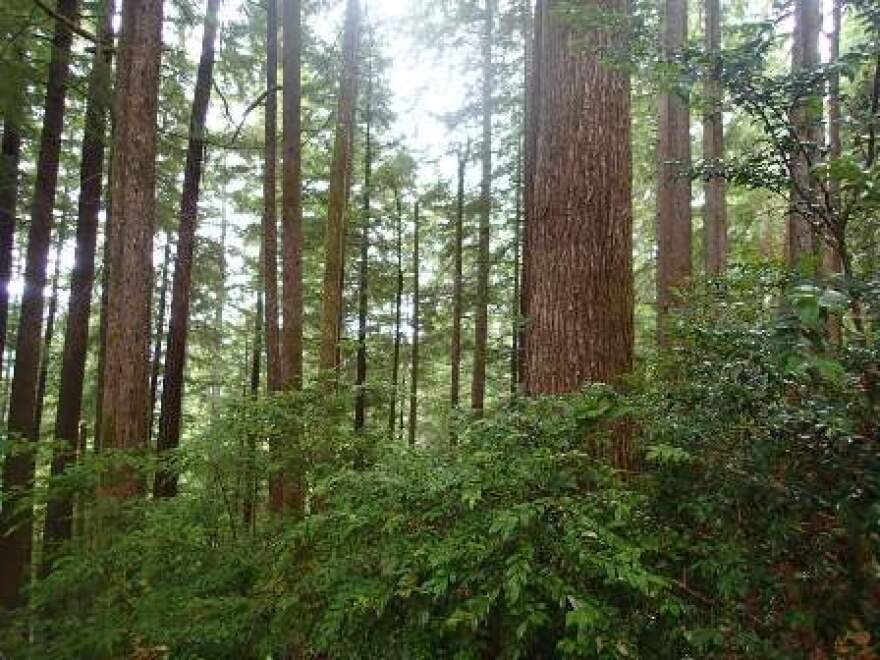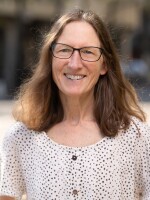Tree huggers, rejoice! Eugene was one of three cities to participate in a grant-funded study on the life cycle of its urban forests. The results show the city can make big economic and environmental gains with relatively simple steps.
The assessment, conducted by a Public Benefit Corporation called Cambium Carbon, found several ways Eugene could improve its handling of urban trees. The first is to remove trees differently.
Scott Altenhoff is Eugene’s urban forester. He told KLCC, “The vast majority of our urban wood, whether it’s tree trunks or branches, gets chipped up. And that’s not a terrible thing, it’s still very useful for helping to grow new trees, or suppress weeds, but it doesn’t keep carbon out of the atmosphere.”
He said the report opened his eyes, adding, “When I really did my homework, I realized for each piece of wood or tree trunk that we can keep sequestered in its current form, or as a product, the CO2 equivalent ramifications are huge. It’s easy to underestimate.”
Altenhoff said converting wood debris into durable products should be an essential part of the city’s climate action plan.
Marisa Repka is with Cambium Carbon. She said Eugene is in a unique position, compared to other, larger cities they’ve studied, “… with a really rich history of timber production and woodworking, whereas the city of Pittsburgh or even New York may have more challenges in connecting fallen trees to an end user, there’s actually a pretty robust ecosystem of local businesses in Eugene who can give that material a second life.”
Altenhoff said one secondary benefit involves helping Eugene’s timber businesses and its artist community. “If we can help generate income for folks, millers or artisans, folks who want to turn bowls or make furniture or musical instruments," he said. "Right now it’s just the wild west and if we can just lend some structure and help remove those barriers I know it can work.”

The Cambium Carbon study also recommends improving tracking systems and communication channels. The City and Eugene Water and Electric Board together remove about 2,000 trees per year, but Repka said there are other players to consider. “Seventy-five percent of Eugene’s trees are situated on private property," she pointed out. "That said, any canopy restoration initiative has to engage private property owners both in motivating and educating them, but also thinking about the tools they need for those trees to survive.”
She emphasized the need to care for young trees, and plant things with a vision of the climate 50 years from now. Repka said cities also need to look at tree equity, saying, “We know in this country that density of tree canopy often correlates with wealth in neighborhoods. So beyond just getting more trees in the ground, we want to think about being intentional and making sure that we’re maximizing those benefits of urban cooling and air pollution mitigation for all residents.”
Altenhoff said educating property owners and engaging private arborists is key. “The vast majority of our trees that are being removed are just being cut into firewood lengths" he said. "One first step is to educate folks to let them know there’s a lot of value both economic and climate action wise, in leaving the whole trunks in tact or at least in millable pieces or larger pieces, so that they can be worked.”
Altenhoff said it will take time and effort to act on the recommendations. Still, he’s excited to find a location for a log processing yard and to start to educate and connect all the private and public entities.



